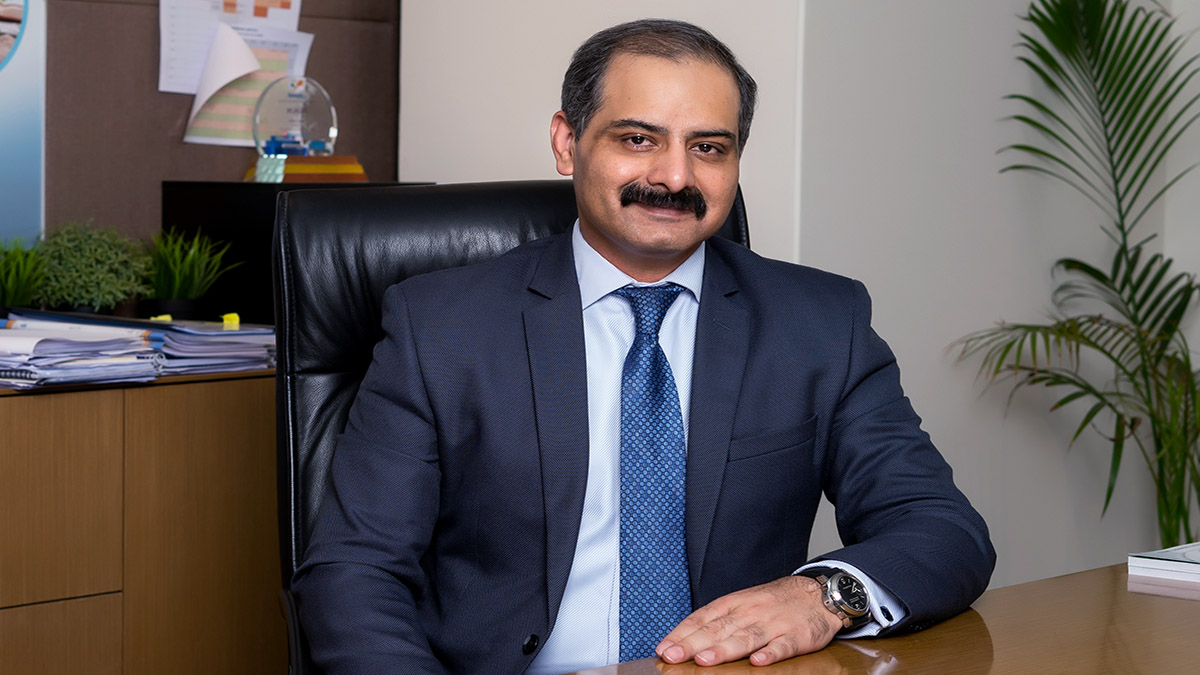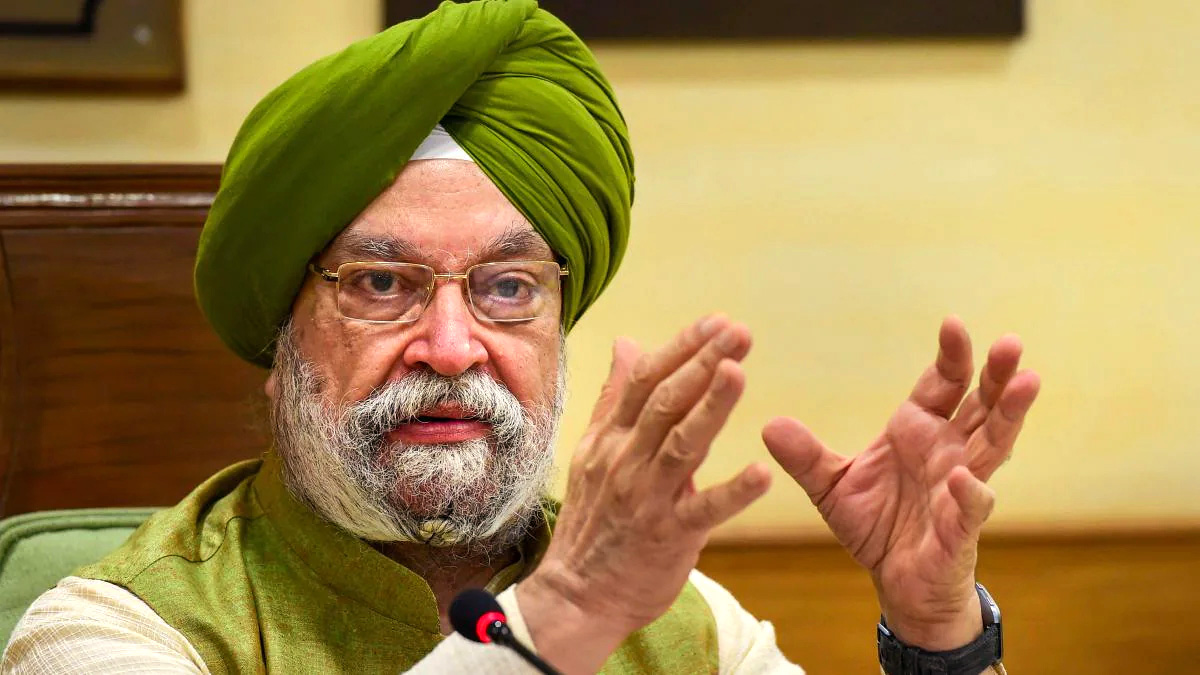Commenting on the 2050 net zero target, before speaking about the challenge of decarbonising the steel industry at the Financial Times Commodities Conference today, Aditya Mittal, President and CFO, said, “If the world is to achieve net zero by 2050 it will require all parts of the economy in all regions of the world to contribute. As the world’s leading steel company, we believe we have a responsibility to lead the efforts to decarbonise the steel-making process, which today has a significant carbon footprint. We are working on various pilot technologies which have excellent potential. Critical to turning the target into reality will be policy to enable steel to remain competitive while decarbonizing – particularly given every region of the world is moving at a different pace. We intend to actively engage with governments to chart a way forward that enables the steel industry to make meaningful progress through carefully designed policy that protects against carbon leakage.”
ArcelorMittal has identified two low-emissions steelmaking routes, both of which have the potential to lead to carbon-neutral steelmaking:
- The Hydrogen-DRI route, which uses hydrogen as a reducing agent. A demonstration plant in Hamburg, where ArcelorMittal owns Europe’s only operational DRI-EAF plant, is currently planned with a targeted start-up in 2023.
- The Smart Carbon route is centred around modifying the blast furnace route to create carbon neutral steelmaking through the use of circular carbon – in the form of sustainable biomass or carbon containing waste streams – and carbon capture and use (CCU) and storage (CCS). ArcelorMittal is well advanced on constructing several commercial-scale projects to test and prove a range of Smart Carbon technologies. Start-up target for key projects is targeted in 2022.
While both routes have the potential to deliver carbon-neutral steel by 2050, we believe that Smart Carbon can deliver results sooner, and make a meaningful contribution to CO2 emissions reduction this decade, while industrial scale production from the Hydrogen-DRI route is unlikely to be significant before 2030 due to the current high costs.
The Company has also previously outlined the policy framework environment it believes is required for carbon-neutral steelmaking to become a reality, which includes:
- A global level playing field which avoids the risk of carbon leakage through mechanisms such as green border adjustments
- Access to abundant and affordable clean energy
- Policies which support the development of the necessary clean energy infrastructure
- Access to sustainable finance for low-emissions steelmaking, and
- Policies which accelerate the transition to a circular economy.
ArcelorMittal will set out further detail in support of its 2050 net zero target in its second climate action report, which is anticipated to be published before the end of 2020. ArcelorMittal is a member of the Energy Transitions Commission (ETC) and is an active member of the ETC’s Net Zero Steel Initiative underway in partnership with the World Economic Forum. ArcelorMittal is also actively engaged with the Science Based Targets Initiative (SBTI) to define an achievable SBT for the steel industry taking into account the two distinct routes in operation.













